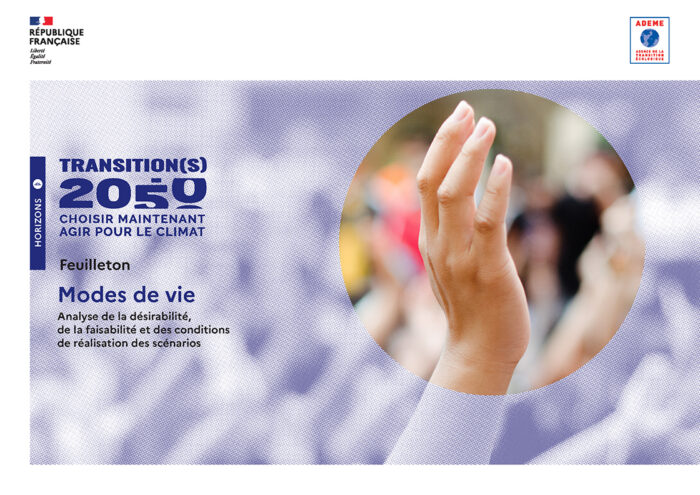Following on from the article byJonathan Gershuny and Kimberly Fisher, published in issue 421 (Nov-Dec 2017), which analysed and compared how time-use has changed since 1960 in some 15 countries, Jean-Yves Boulin and Laurent Lesnard offer a focus on the French case. Drawing on the time-use surveys carried out in 1986, 1999 and 2010, they show how time-use has changed in France since the mid-1980s, stressing the extent of “tied time” (work, training, study, housework), even if leisure time is tending to increase. They also point up the persistence of gender inequality in these tied periods, even though the gap is tending to decrease; this finding is even more marked in the employed labour force. On the leisure side, the use of free time has not changed much in its structure and is still dominated by activities pursued in the home (television, DIY, reading, games) rather than outside it; there are also great inequalities here between social categories, connected with levels of income (particularly where cultural activities are concerned). Lastly, the authors look at working time, through the analysis of changes to working hours and, particularly, rhythms of work (short and long hours, shift working, fragmented working time etc.). This reveals major socio-professional inequalities, which potentially point to future social change. This analysis leads to a downplaying of the prospect of a leisure society, which we are periodically told to expect, but confirms the scale of the changes to work and to the time devoted to it in the organization of society.
How the French Use their Time: Trends over a Quarter of a Century
Journal Article
26 February 2018
2 min.
© Andrey_Popov / shutterstock.com
Cet article fait partie de la revue Futuribles n° 423, mars-avr. 2018



